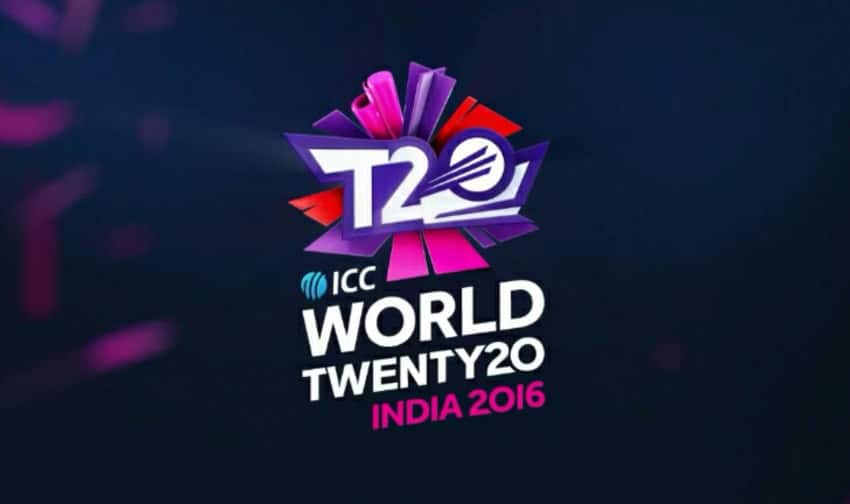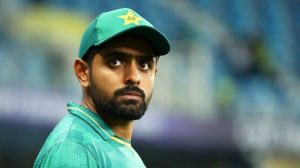A relationship that dates back to the beginnings of the game, cricket and corruption are synonymous with one another.
With the ICC World Twenty20 approaching, and the sport in the midst of another wave of scandals (many of which have involved the host, India), you must wonder if cricket or corruption will dominate the headlines of this year’s tournament.
Here we look at how corruption effects the game, recent scandals, and the likelihood of another at this year’s WorldT20.
Match Fixing: How it Works
There are two main ways matches are fixed. The first, known as straight match fixing, involves bribing players to alter the outcome of a game. Bets can then be placed on a guaranteed result. However, other players may become suspicious, making this difficult to achieve.
Spot fixing is the other method, and is more common. Harder to detect than straight match fixing as it involves a player (usually) accepting money to perform a specific action at a designated point in the match. No balls, which occur innocently enough a few times throughout most matches, can be wagered on to occur during specific overs, and are (usually) easy for players to make look like an innocent mistake. This is how several of the biggest cricket scandals in recent history have occurred.
Money Laundering In Sport
An estimated $140 billion is laundered annually through sports betting, with cricket and football the most targeted.
How It Starts
According to ACU Chairman Sir Ronnie Flanagan in a recent interview, players are approached and lured in first with a compliment and then [the gambler’s] contact information. “Small gifts [then] followed by some expensive gifts which may on some evenings then end up in what we call the “honey trap”, drawing them into “compromising circumstances”, which they (corrupters) use later to blackmail them.”
Recent Scandals
As mentioned, it is mostly spot fixing that has been the cause of the larger scandals that have rocked cricket over the past few decades.
In 2013, four Indian Premier League cricketers and 23 others (many of whom were bookies) were arrested by Delhi police based on accusations of spot-fixing. Although most of the group was released due to a lack of evidence, it was still another black eye for the league and the game, especially since the IPL suffered a similar scandal just a year earlier that led to five players receiving bans of varying length.
But recent corruption is not limited to India’s borders. During a test match series in England in 2010 an undercover reporter’s video was released. It showed a conversation with a bookie in which he claimed two Pakistani players were going to bowl no balls during specific overs in the next day’s match in exchange for large amounts of money. As predicted, the players bowled blatant no balls at the times described. The bookie and players involved were either arrested or given bans from the sport.
“The regulated sports betting industry is estimates to grow to $70 billion industry in 2016,” David Sheldon, an editor at Casino.org said. “Illegal betting is estimated to be far bigger than that. With that much money changing hands it is easy to see how players get seduced into match fixing rings.”

Two more scandals around the turn of the last century involved players taking money from Indian betting syndicates, or providing prohibited information to bookmakers in India. In 2000, South African captain Hansie Cronje was arrested when a conversation emerged of him speaking to an Indian betting syndicate. Cronje later confessed of accepting over $100,000 from bookies the last few years and was ultimately banned from the sport for life. In 1996, Aussie stars Shane Warne and Mark Waugh were fined when it was proven that they were providing information about pitch conditions to an Indian bookmaker.
Moving Forwards: Preventing Corruption
As a result of the Cronje scandal and another controversy that occurred surrounding India captain Mohammad Azharuddin and Pakistan captain Salim Malik, the International Cricket Council (ICC) established their Anti-Corruption Unit (ACU) in 2000. The ACU works as a deterrent to corruption in the game through a three-pronged approach of investigation, education, and prevention. Since its establishment, the ACU has already uncovered several instances of attempted corruption and prevented countless more.
For the World T20 Championship, the ACU has put into place several different measures they hope will deter cheating and corruption. All players and staff are undergoing mandatory education on gambling and corruption ahead of the competition, and there is a tournament-specific hotline that players can report corruption tips to. Failing to report an approach by a gambler, bookie, or similar is considered to be in violation of the ICC’s Anti-Corruption Code.
The 2016 ICC World Twenty20: Will It Be Safe From Corruption?
A corruption scandal is a hard thing to predict. If it were that easy then there wouldn’t be any corruption, ever. However, with ICC World Twenty20 being held in India where there is a long history of cricket-related crime, there will more than likely be sly bookies and players that think that can beat detection and make some extra money. Already ahead of the competition, the ACU is reportedly investigating a case involving players of a particular nation that were planning to manipulate the results of their upcoming matches.
While optimistic about the ACU’s detection and deterrence methods, Flanagan took a decidedly neutral view about the future of corruption in his sport: “We can improve prevention, treatment and cure. There are always people who will try to make money through corrupt means. The young players are especially vulnerable. Can you completely cure mental health?”














